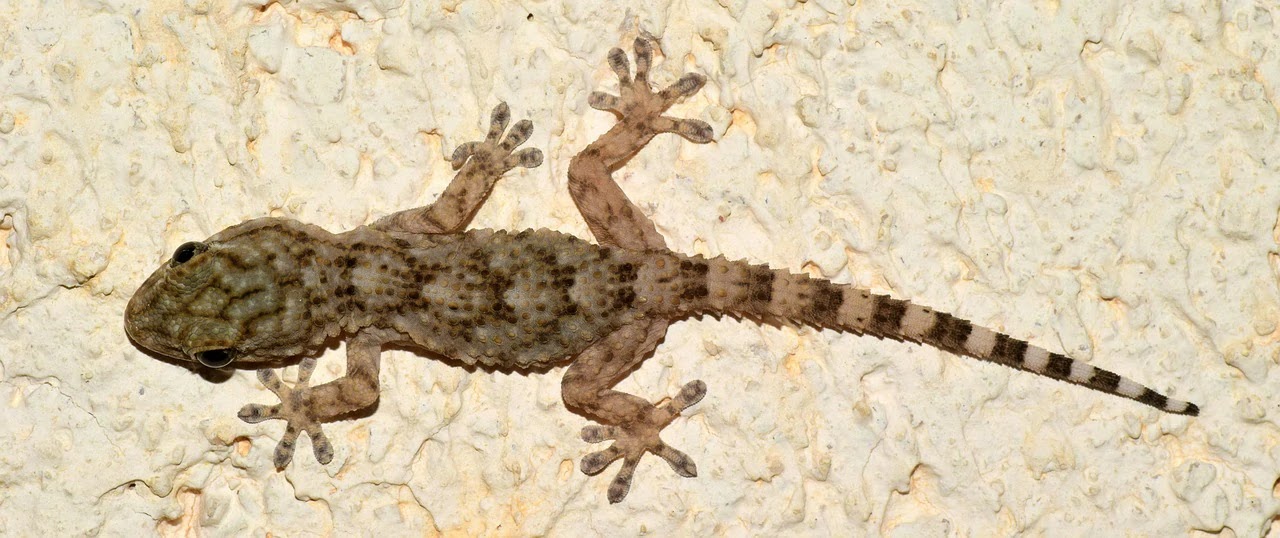Introduction:
A remarkable discovery has been made regarding the origin of Delcourt's giant gecko, a massive lizard that was presumed extinct. Through DNA analysis of a single museum specimen, scientists have gained valuable insights into the backstory of this mysterious creature.
Key Points:
- Delcourt's giant gecko, known for its extraordinary size, was believed to be extinct. It measured at least two feet in length, making it the largest known gecko.
- The only existing specimen lacked information about its origin or identity, leaving scientists with many questions.
- Recent DNA analysis revealed that the colossal lizard belongs to a group of New Caledonian "diplodactylid" geckos, which have independently evolved extreme body sizes in the region.
- Renamed Gigarcanum delcourti, the gecko is about 50% the length and significantly heavier than the largest living gecko species, Rhacodactylus leachianus, which also belongs to the New Caledonian group.
- The gecko likely had a nocturnal hunting behavior and could have preyed on birds and other lizards. Its toe pads and long claws indicate a tree-dwelling lifestyle, capable of clinging to vertical surfaces.
- The rediscovery of the gecko specimen in the 1980s sparked curiosity among scientists, leading to initial speculations about its affiliation with New Zealand's gecko group or the Indigenous Māori kawekaweau.
- Using advanced techniques for retrieving and analyzing DNA from archival specimens, researchers confirmed that Gigarcanum delcourti is not closely related to New Zealand's geckos, challenging previous assumptions.
- This finding provides a new perspective and prompts further investigation into the gecko's evolutionary history and potential habitats.
- The study highlights the value of museum specimens and the application of innovative technologies to unravel the mysteries they hold, shedding light on extinct or poorly understood species.
Conclusion:
Through DNA analysis, scientists have rewritten the origin story of Delcourt's giant gecko, revealing its affiliation with New Caledonian geckos rather than the previously suspected New Zealand connection. This groundbreaking research highlights the importance of museum specimens in unveiling hidden secrets of the natural world and raises intriguing possibilities about the gecko's current existence in the wild.



~1.webp)

.webp)


